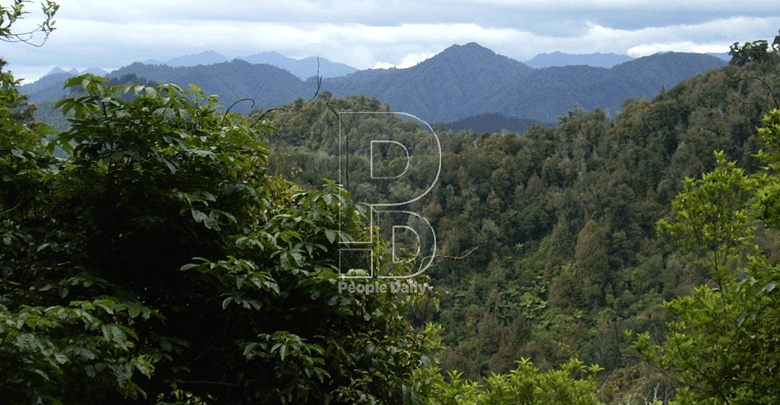New hurdles to derail 10 per cent forest cover plan
By Kirera Mwiti, January 25, 2021The country’s plans to achieve a 10 per cent forest cover by 2030 could fail to materialise due to emerging challenges facing the current cover.
Upcoming capital projects including dams in forest, roads and railways have been identified as major challenges facing the envisaged plan of increasing the current cover.
According to a study by UNDP and the Ministry of Environment, the country is losing over 12,000 hectares of forest each year due to deforestation.
This emerged during a stakeholders meeting in Naivasha to discuss the REDD+ programme that seeks to involve the community in conservation so as to increase forest cover.
According to Alfred Gichu the head of forest directorate in the Ministry of Environment, the government was committed to hitting the 10 percent forest.
“We are working with Kenya Forest Services(KFS) , communities around forests and donor partners like UNDP in making sure the current forest cover is increased,” he noted.
Gichu admitted that the conservation process was facing various challenges like deforestation and degradation of landscape.
He noted that upcoming infrastructural development projects and an increase in land meant for agriculture had seen the current forest cover decline.
“We have seen a change in land use with farming topping this, pests, forest fires, rise in settlement schemes and development projects have affected forest cover,” he said.
Gichu was however optimistic that there was hope for the country due to the introduction of the REDD+ programme that seeks to reduce deforestation and degradation.
“Under this programme that has been funded by UNDP we are working closely with other stakeholders and communities in protecting the current forest cover,” he said.
Charles Mwangi from Pan-African Climate change alliance raised his concern over upcoming projects inside forests and increase in poverty levels within the community around forests.
He identified upcoming dams and roads as the major challenges adding that the projects were eroding gains made in forest conservation.
“We have seen the SGR pass through a national park leaving a trail of destruction and this has been worsened by government’s failure to respect protected land,” he said.
He challenged NEMA to be keen while conducting environmental impact assessments on the capital projects some of which had adverse effects on the environment.
Milkah Chepkorir from the Sengor community noted that for years the government had failed to recognise indigenous communities living in forests.
“These communities that rely on forest produce like honey and fruits have been critical in forest conservation and our efforts should not go down in vain,” she said.
More Articles

